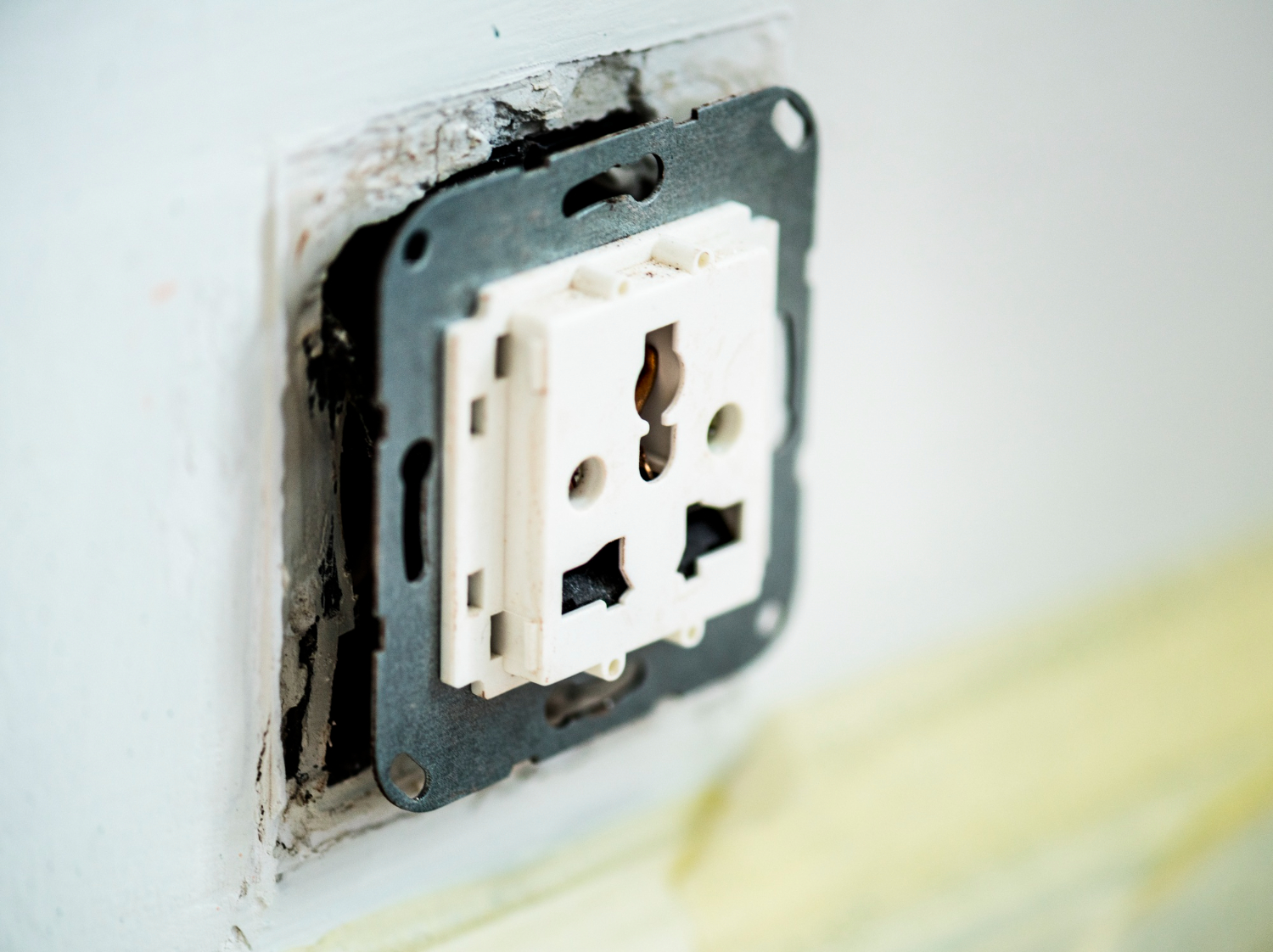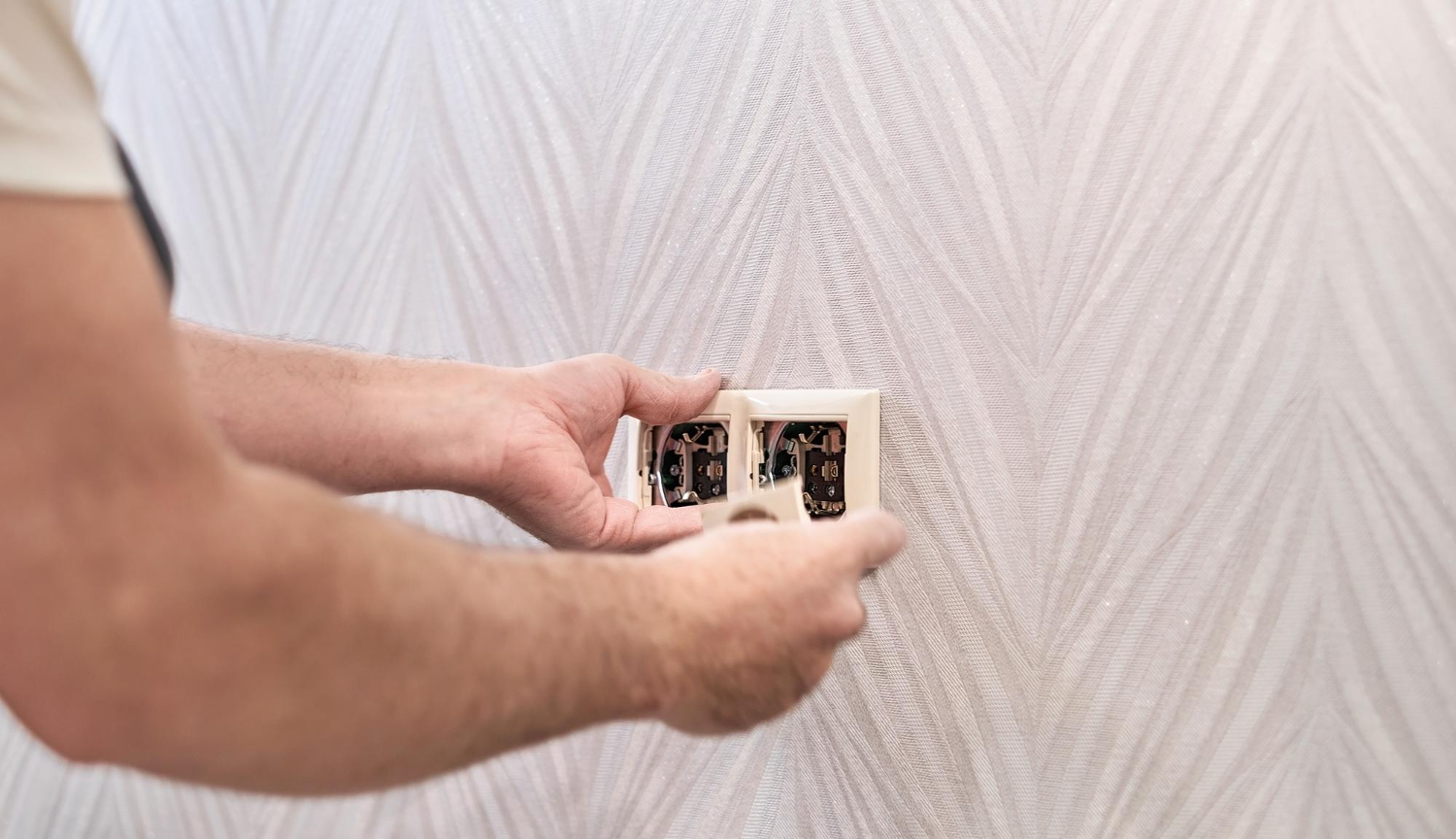A surge protector is an affordable, easy way to shield your expensive electronics and appliances from irreparable damage and prevent fires. You can’t predict lightning strikes or power spikes, but you can plan to avoid potential damage. As an added bonus, they can double as convenient power strips that let you plug several devices into a single outlet.
If you’re wondering, “How does a surge protector work?” ESD is here to explain and assist you.
How Do Surge Protectors Work?
Firstly, what is a surge protector? It’s a device that guards against power surges or voltage spikes in alternating current circuits. These events may only last a brief instant, but can reach over 1,000 volts! Even a modest spike can destroy electronic devices. The surge device activates at a set voltage and harmlessly diverts the excess electricity to ground.
Many surge protectors resemble power strips and allow multiple items to be plugged in at once. However, a regular power strip does not protect against power surges, even if it has a built-in circuit breaker. The best surge protectors have plenty of well-spaced points to plug in all your electronics.
Surge protectors eventually degrade and stop functioning efficiently, especially if they’ve handled a couple of surges. If they’ve done their job properly, you may not even be aware that surges have occurred! It’s best to replace ones that have been in continuous use every few years.
How To Choose the Best Surge Protector Type for Your Needs
-
Plug-in / Power Strip Type:
Also called receptacle surge protectors, these inexpensive devices don’t require professional installation—just plug into a grounded outlet and go! Look at the joule rating—the higher the rating, the more energy it can handle. For expensive electronics, such as your computer, TV, or game console, select one with a minimum rating of 2,000 joules. For basic appliances like a kettle or toaster, a 1,000 joules rating is sufficient.
-
Whole-Home Protector
Whole-home protection requires an electrician. Choose a protector that can handle at least 40,000 amps with an indicator light. This unit is grounded and hardwired into the main service panel or breaker box.
It protects your home’s entire electrical system—everything that is plugged into a wall outlet. It’s useful for shielding large appliances including washers, dryers, and fridges that are often recessed without easy access to their outlets.
-
Service Entrance Protector
This is the largest, most reliable type. An electrician can install one before the main breaker on your house. It guards against destructive surges coming in from the power grid, and has the highest surge capacity. However, installation can be costly as your power needs to be disconnected for insertion.
Visit ESD To Find Out More About Choosing a Surge Protector
Surge protectors shield your vulnerable devices and appliances from damage, by diverting excess current to ground. Proper selection requires an understanding of surge current rating and operating characteristics.
Don’t be caught short and have your electronics damaged irreparably! A power surge can occur at any time, so prepare for the worst and eliminate risk.
ESD can provide technical support in choosing the best surge protection for your needs. Contact us today for expert, friendly advice.



